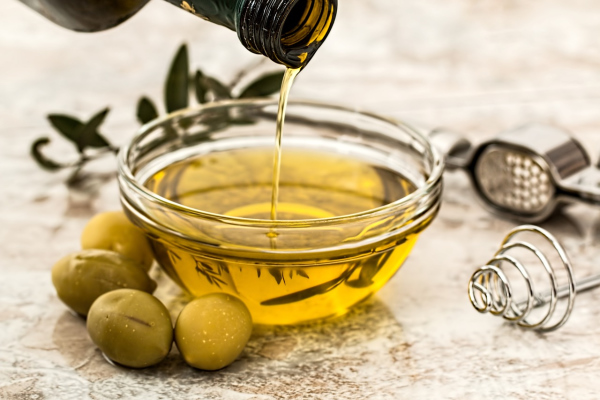 |
The Finest Harvest in Every Bottle:PDO/DOP Certified Extra Virgin Olive Oils |
 |
The Finest Harvest in Every Bottle:PDO/DOP Certified Extra Virgin Olive Oils |

Common Myths About Extra Virgin Olive OilMyth 1: EVOO is Not Suitable for CookingContrary to popular belief, extra virgin olive oil (EVOO) can be used for cooking, especially at low to medium heat. While it has a lower smoke point than some other oils, it is perfectly suitable for sautéing, baking, and even light frying. EVOO retains its nutritional properties and enhances the flavor of dishes, making it a versatile choice for many cooking applications. Myth 2: All EVOO is the SameNot all extra virgin olive oils are created equal. The quality of EVOO can vary significantly based on factors such as the olive variety, region of production, and harvesting methods. High-quality EVOO is characterized by its low acidity (less than 0.8%) and a complex flavor profile with notes of fruitiness, bitterness, and pepperiness. Cheaper, lower-quality oils may lack these characteristics and may not provide the same health benefits. Myth 3: Light Olive Oil is HealthierLight olive oil is not lower in calories or healthier than EVOO. The term "light" refers to the color and flavor of the oil, not its caloric content. Light olive oil is typically a refined oil with a milder taste, but it lacks the rich flavor and nutritional benefits of EVOO. For the best health benefits, choose high-quality extra virgin olive oil. Myth 4: EVOO Should Not Be Stored in the RefrigeratorWhile it is true that refrigeration can cause EVOO to become cloudy and solidify, this does not harm the oil. In fact, storing EVOO in the refrigerator can help extend its shelf life, especially in warmer climates. Simply allow the oil to return to room temperature before using it. For long-term storage, keep EVOO in a cool, dark place away from heat and light. Myth 5: The Best EVOO Comes Only from ItalyWhile Italy is known for producing high-quality olive oil, excellent EVOO is also produced in other countries, including Spain, Greece, Turkey, and the United States. Each region has its own unique olive varieties and production methods, resulting in a diverse range of flavors and qualities. Explore EVOOs from different regions to discover your personal preferences. Myth 6: Darker Olive Oil is BetterThe color of olive oil is not an indicator of its quality. Olive oil can range in color from pale yellow to deep green, depending on factors such as the olive variety and the stage of ripeness at which the olives were harvested. Instead of focusing on color, look for oils with a rich, complex flavor and low acidity. Expert ClarificationNutritionist Dr. Lisa Brown states, "It's important to differentiate between myths and facts to fully appreciate the benefits of EVOO. Understanding the true characteristics of high-quality EVOO can help consumers make informed choices." Debunk more myths by reading Olive Oil Grades Explained. Discover the best uses for EVOO in Cooking with Extra Virgin Olive Oil and learn about the health benefits in Health Benefits of Extra Virgin Olive Oil. |
Disclaimer: Some articles on this site mention various health benefits of extra virgin olive oils. Some of the benefits have been researched and some are from individual's personal experiences. In any case, these articles are not intended to act as a medical reference. If you are using, or are considering using olive oil for specific health related issues, you are advised to speak with your health care provider for advice pertaining to your situation. These articles are for educational purposes only.